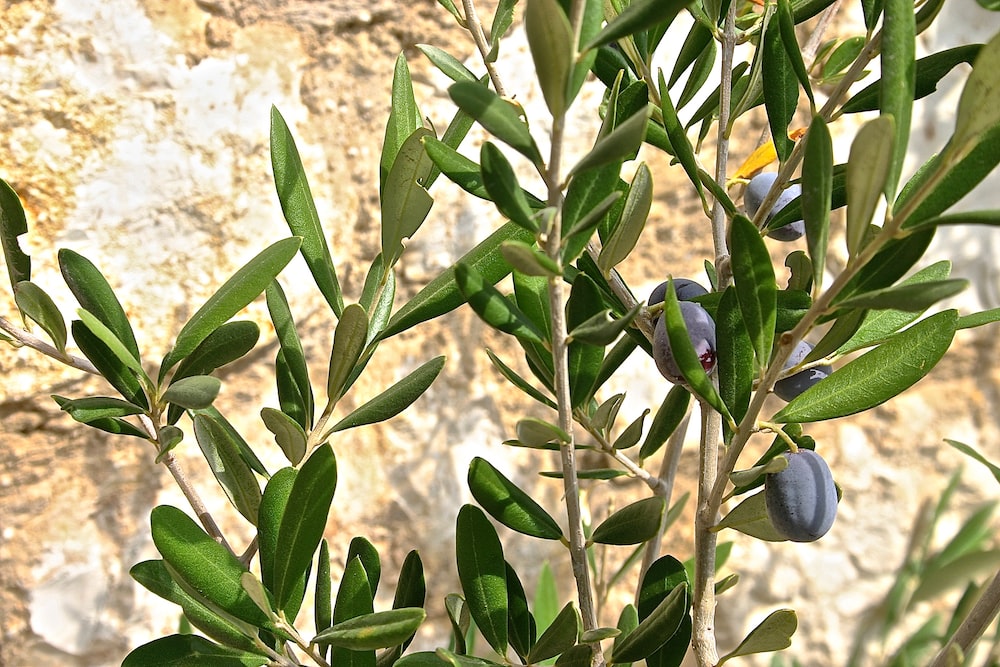
It can be difficult to imagine growing your food, Olive Garden even though you have access to a ton of it! You probably have a lot of friends who would love to grow their olive trees and produce oil for wine production. If you’re like most people, the thought of growing your food is almost too much fun! Olive trees are easy enough to grow yourself; they don’t require any fancy equipment or tools. They just need some water and someatronol fertilizer once a week. Let’s explore how you can grow your very own olives at home. 1. Get ready for the challenge – get your great outdoorsy ness at the forefront by reading through this article and getting ready for the challenge! We’ll discuss everything from buying nursery stock to how to choose an indoor-outdoor location that will give you the best amount of sunlight for your plants to watering them, fertilizing them, and more.
What makes a good olive tree?
Well, there are a couple of things we can all agree on, though. First, olives are a good choice for any garden. They slow down the growth of other plants and are perfect for containers or for trying to grow in sunnier areas. Second, olive trees are shrubs; they don’t need full sun or water, and they produce a decent amount of shade-tolerant fruit. Finally, olive trees are easy to grow, providing lots of room for expansion as your growing season progresses.
Why grow your olives?
As a basic supply of food, olives also provide a valuable source of protein. They also make a great snack, especially if you’re looking to eat them mid-day. Since they’re a low-maintenance plant, you can usually water and fertilize your olive trees every week. This keeps your olives healthy and happy, and they don’t require a lot of space to grow. Plus, they’re easy to grow and replant.
Natures right-away setting
One of the most important things you need to think about when growing your olive trees is how you’re growing them. If you want to grow your olive trees in the backyard, you probably don’t want them growing too much of a size that’s out of control. Ideally, you’d want them to grow as modestly as possible so that they don’t crowd the backyard. On the other hand, if you want to grow your olive trees more substantially, then you probably want them to be out of the back door in a wheelbarrow.
Read More: The Best Way To Cook All Of Your Feeding Netters
How to choose an indoor-outdoor location for your olives
The best thing to do is talk with your local olive grower about the best location for your olives. If you’re in the mood for a more substantial crop, a large orchard is a good option. If, however, you’re looking for a more secluded location with better air and light, a greenhouse may be the perfect solution for you.
How to care for your plants once the season is over
When your olives are almost finished producing, you’ll need to bed them down for the winter. If you’re growing your own, you probably already have a few rows of plastic chairs and blankets laying around to use as bedding. If not, you can always borrow a friend’s bed and try to sleep on it. If you’re growing your own, however, you’ll need to portion your olives into several layers. Most researchers recommend using a protective layer of some kind, like plastic wrap or plastic bags. So, a layer that protection layer at the top of your bed, and then you’ll have a carbonated-free, non-polluting fall upgrade on your hands!
Conclusion
Well, that was a lot of info. We hope you’ve found this article helpful, and you’re now ready to get started growing your olive trees. Starting your olive garden is a lot easier than you might imagine. You can begin the process the easy way, or you can try a more advanced approach. Whatever way you choose to go about it, you’re sure to enjoy your new crop of fresh, delicious olive oil.
